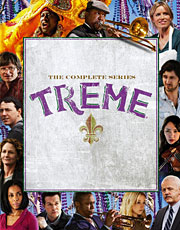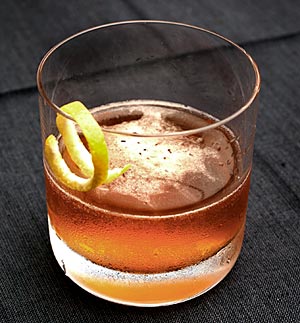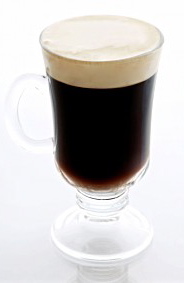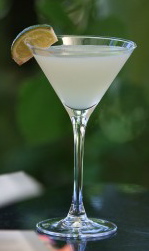Blu-ray Review: “Treme: The Complete Series”
If you were offered a trip to New Orleans for just over a hundred bucks, you’d probably take it, right? Well, it is perhaps oversimplifying matters to equate the “Treme: The Complete Series” box set (available exclusively on Blu-ray) with a visit to N’Awlins, but maybe that’s only because there’s nothing particularly simple about “Treme.” Does that mean it’s the sort of series that will blow you away? Not at all. Indeed, “Treme” has no interest in even trying.
For those who missed the series over the course of its HBO run (and judging by its practically invisible ratings, there were quite a few of you), “Treme” begins three months after Hurricane Katrina all but wiped out the city of New Orleans, and follows more than a dozen NOLA residents from all different walks of life picking up the pieces and attempting to move forward. It’s a series about culture, politics, cooking, tradition, and most definitely music, which it revels in. The show dazzles viewers with one great musical sequence after another (all recorded live and with no overdubbing or lip-synching), and the list of artists – usually playing themselves – that appear on the series over the course of its 36 episodes is practically countless.
In many (if not most) ways, “Treme” is anti-television. It seemingly throws out the rulebook that started being written when TV came into existence, playing loose, but rarely fast. There’s a price to pay for this brand of innovative storytelling, though, and that’s that “Treme” does not excite in any of the traditional ways that we’ve come to expect television to. Not once in the entire series will you throw your arms up and cry, “Yeah right! That would never happen!” such is the day to day reality of its goings-on. Indeed, when viewing it, you almost have to train yourself to watch this brand of TV a little differently.
You can follow us on Twitter and Facebook for content updates. Also, sign up for our email list for weekly updates and check us out on Google+ as well.



 There was a time when calling a drink a cognac sazerac would have been close to calling a certain sandwich a “beef hamburger.” However, New Orleans’s magnificent contribution to
There was a time when calling a drink a cognac sazerac would have been close to calling a certain sandwich a “beef hamburger.” However, New Orleans’s magnificent contribution to  A true
A true  Today it’s a milestone at Drink of the Week as we’re leaving behind our old friends whiskey, gin, and vodka for that tropical favorite, rum. Nevertheless, we’re holding on to our
Today it’s a milestone at Drink of the Week as we’re leaving behind our old friends whiskey, gin, and vodka for that tropical favorite, rum. Nevertheless, we’re holding on to our 








